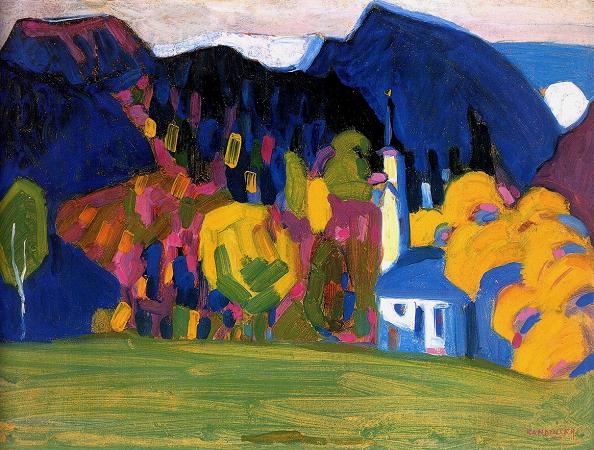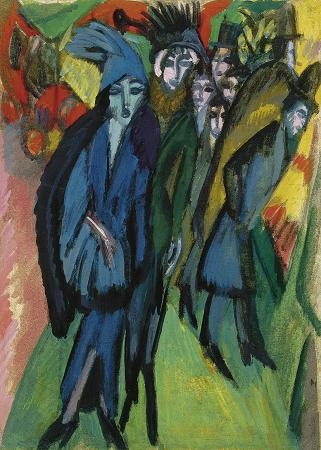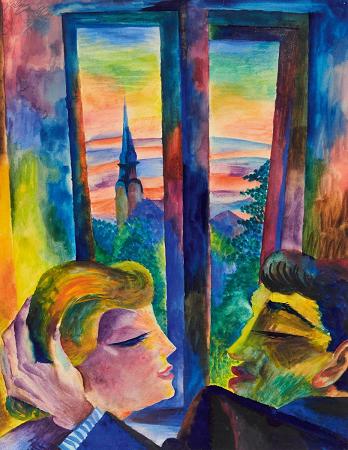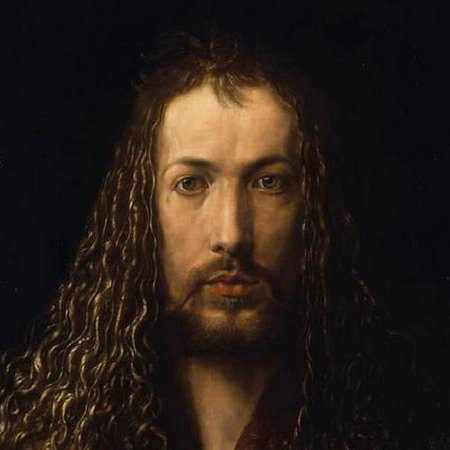Hans Poelzig (1869 - 1936). Hans Poelzig was a German artist and architect known for his distinctive Expressionist style, which blended dramatic forms with emotional intensity. As an artist, he created architectural designs and theatrical set pieces that conveyed a sense of mysticism and the surreal, most famously seen in his design for the sets of the film The Golem: How He Came into the World. His architectural works, such as the Haus des Rundfunks in Berlin, are celebrated for their monumental scale and organic forms, embodying his interest in architecture as a living art that could evoke mood and sensation. Poelzig's contributions significantly influenced Expressionist architecture and design, and his work remains emblematic of early 20th-century German avant-garde aesthetics. Poelzig was born in Berlin in 1869 to Countess Clara Henrietta Maria Poelzig while she was married to George Acland Ames, an Englishman. Uncertain of his paternity, Ames refused to acknowledge Hans as his son and consequently he was brought up by a local choirmaster and his wife. In 1899 he married Maria Voss with whom he had four children. His mother was the daughter of Alexander von Hanstein, Count of Pölzig and Beiersdorf who married Princess Louise of Saxe-Gotha-Altenburg in 1826. Because of this, Clara was the step-sister to Albert, Prince Consort making Hans a step-cousin to Albert's children. After finishing his architectural education around the turn of the century, Poelzig designed many industrial buildings. He designed the 51.2-metre-tall Upper Silesia Tower in Posen for an industrial fair in 1911. It later became a water tower. He was appointed city architect of Dresden in 1916. He was an influential member of the Deutscher Werkbund. Poelzig was also known for his distinctive 1919 interior redesign of the Berlin Grosses Schauspielhaus for Weimar impresario Max Reinhardt, and for his vast architectural set designs for the 1920 UFA film production of The Golem: How He Came Into the World. With his Weimar architect contemporaries like Bruno Taut and Ernst May, Poelzig's work developed through Expressionism and the New Objectivity in the mid-1920s before arriving at a more conventional, economical style.
more...







